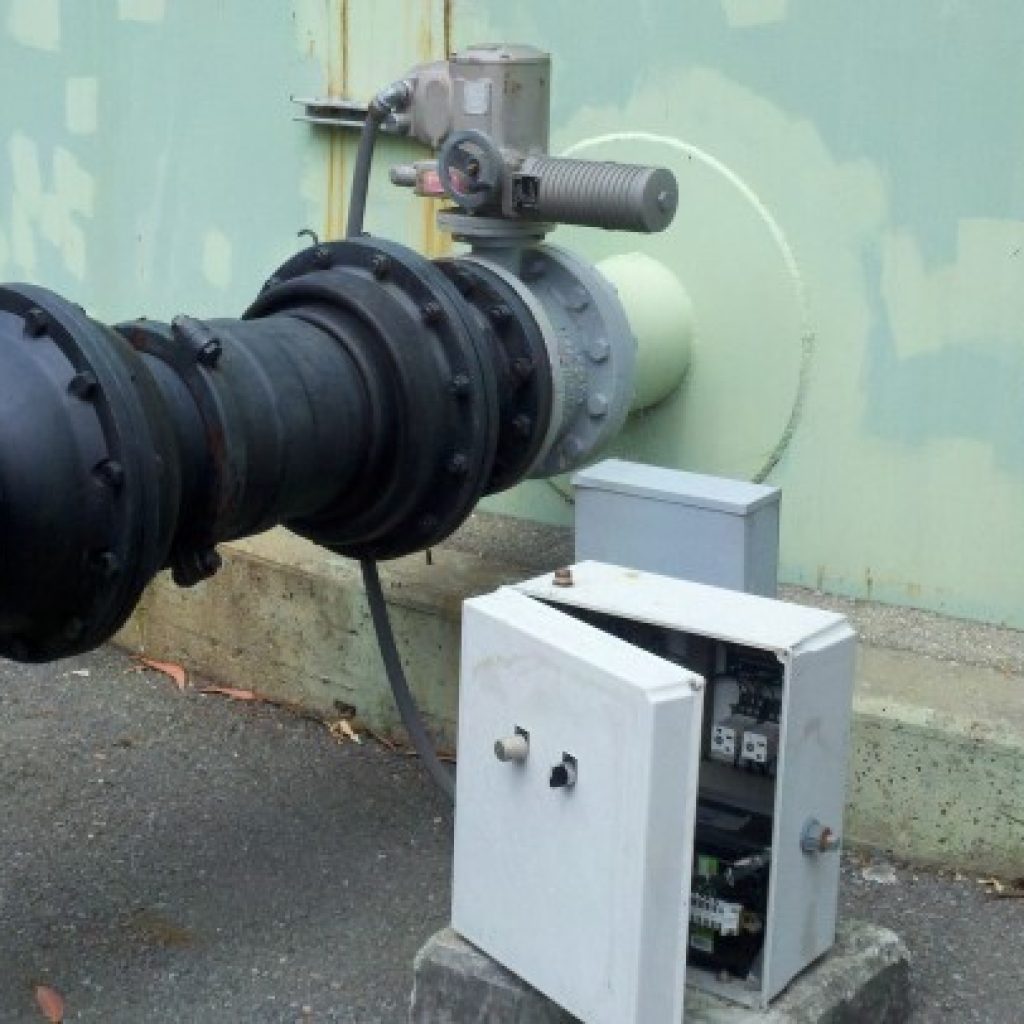Replacing Earthquake Instrumentation

Over the years, we’ve seen a number of ‘kludgey’ earthquake protection systems installed by others. Unfortunately, most of these ‘one off’ systems are not seismically qualified (i.e. shake tested to a published standard) and there is no objective reason to believe they will actually work in response to strong motion. In a few instances we’ve seen the use of circa 1990 open frame commercial computer power supplies as ‘battery chargers’ and electrified ‘pull chains’ used as seismic switches! Yes, when the pull chain ‘swings’ it touches a metal annular ring and momentarily completes an electrical circuit signaling an earthquake event. How do plant engineers find this obscure sh…stuff- and then justify putting it into service?
I digress.
Such systems deserve IMMEDIATE replacement. However, even properly designed & seismically qualified systems have a ‘design life’ and will ultimately require replacement. Operating those systems beyond their design life exposes the owner to the risk of sudden equipment failure- resulting in either loss of seismic protection, or worse, false positive plant shutdown (lost work in progress, opportunity costs during recovery) & loss of seismic protection (insult to injury).
What to do?
- Evaluate your earthquake actuated shutoff system to determine when replacement might be due. It is reasonable to expect 20 years of service from a seismic device by a reputable company. If your earthquake instrumentation is manufactured by a company that is no longer in business, or otherwise no longer providing support for their hardware, then consider replacement sooner than later. It’s generally better to plan for the replacement a few years early than to be surprised by a costly failure resulting from procrastination or trying to ‘squeeze’ a few more years of life out of a doomed platform.
- For reputable, maintained systems in operation less than 15 years, just keep up the annual testing and maintenance. The testing agency should be able to give you a ‘heads up’ on developing issues with the seismic instrumentation and help keep you out of trouble. Feel free to contact us (<info@eqsafetysys.com>) if you are in need of a qualified testing agency.
- If the system is operating as designed ‘into its late teens’ and no ‘red flags’ have been raised by your testing agency regarding performance, then consider ‘buying some time’ by directing the testing agency to replace critical components while they are still available from the OEM. Sensors, relays, fuses, power supplies, dc-dc converters, etc. are candidates for replacement. Kind of like performing an engine over-haul on your car- before problems present themselves. This work should get another 10 years of service from the earthquake instrumentation.
- If a preventative ‘over haul’ isn’t an option, begin planning for replacement around the 20 year mark. Not all of the system components can be visually inspected by the seismic tech. Undetectable corrosion or other “wear & tear” may be taking place. For instance, the reading & writing of data to computer memory chips can, over time, wear out the chip internally. Some parts are completely encapsulated (i.e. sealed with epoxy) and not accessible for inspection. Scheduled replacement is the best way to avoid unforeseen catastrophic hardware failures resulting in plant shutdowns.

